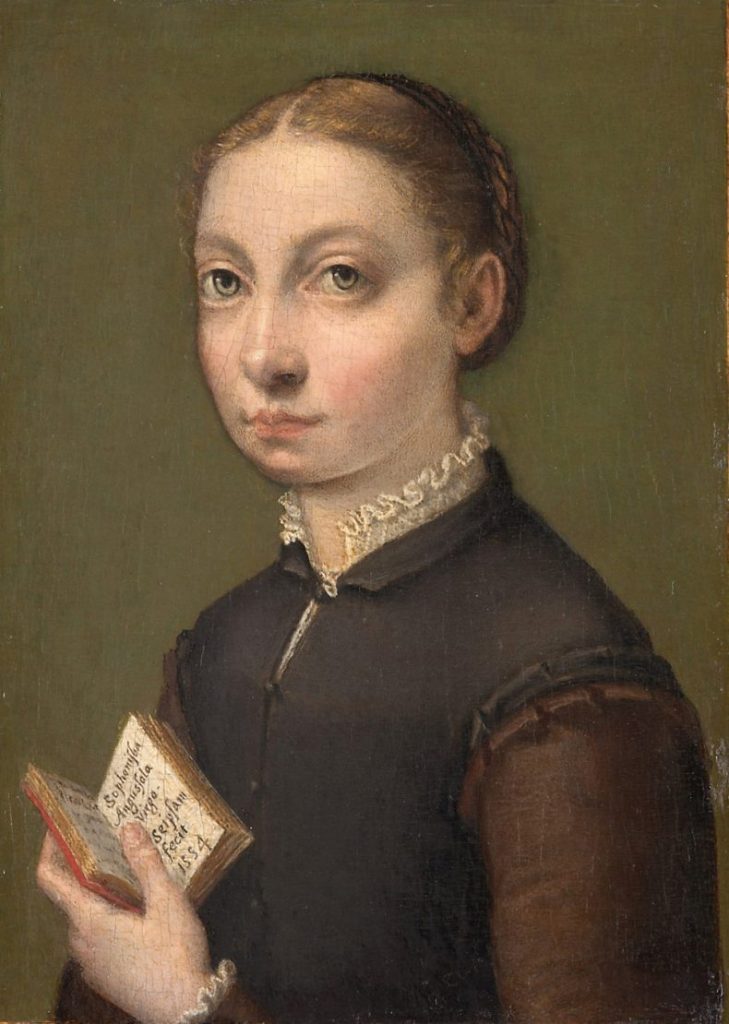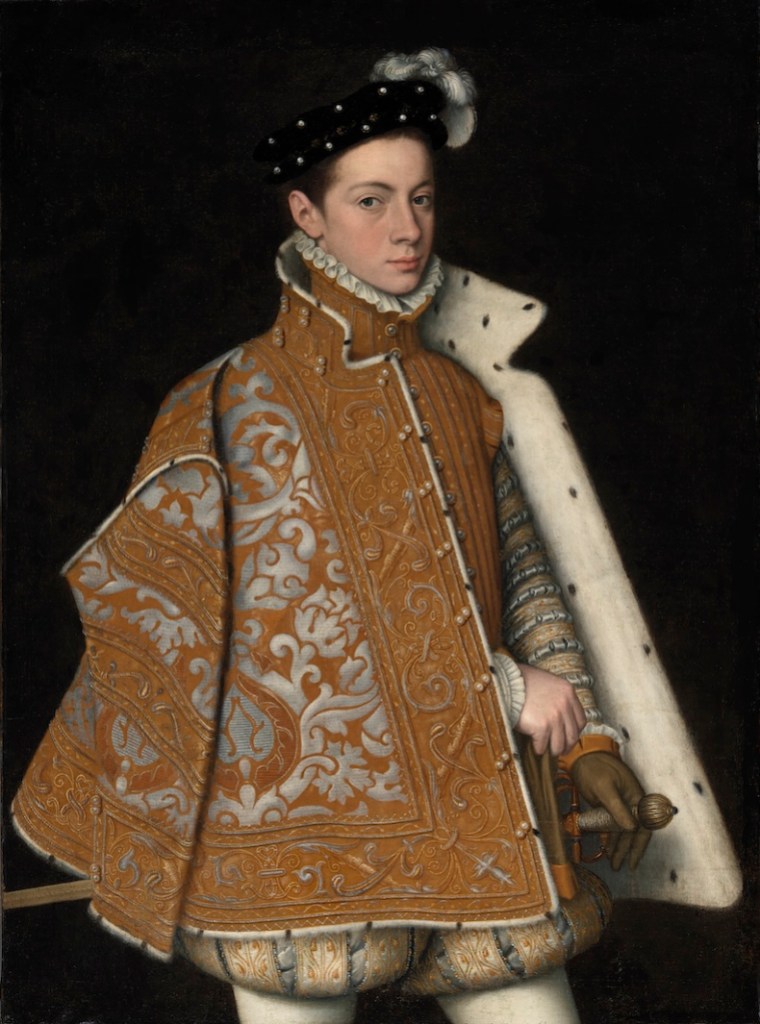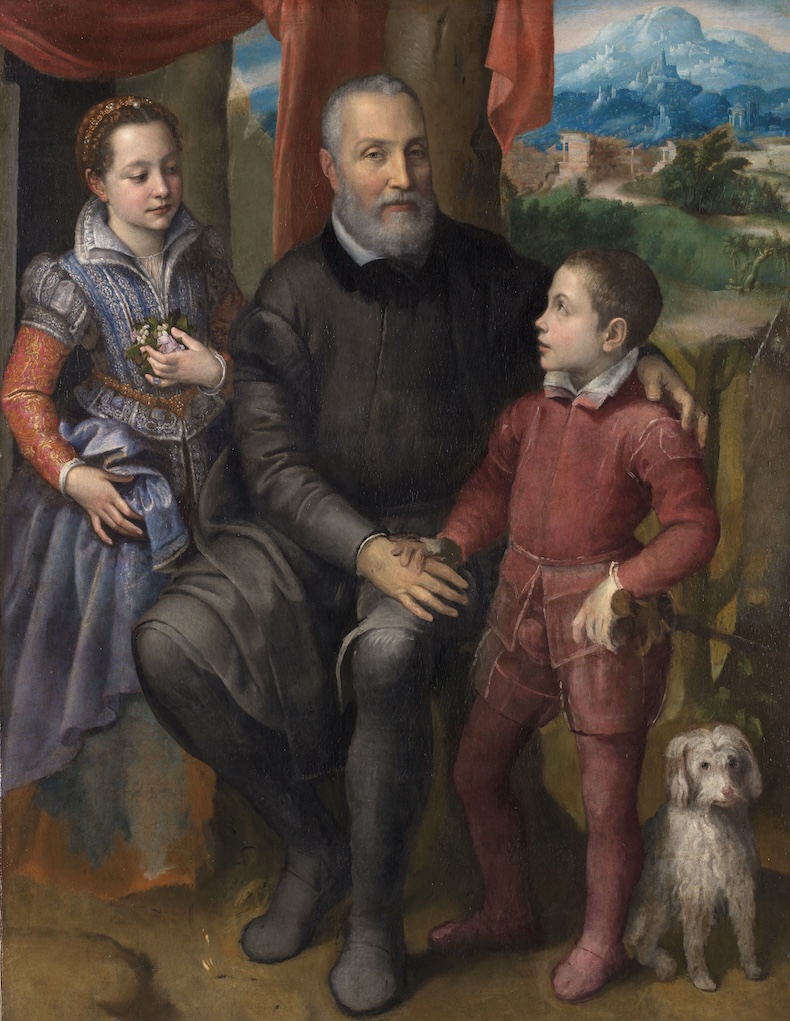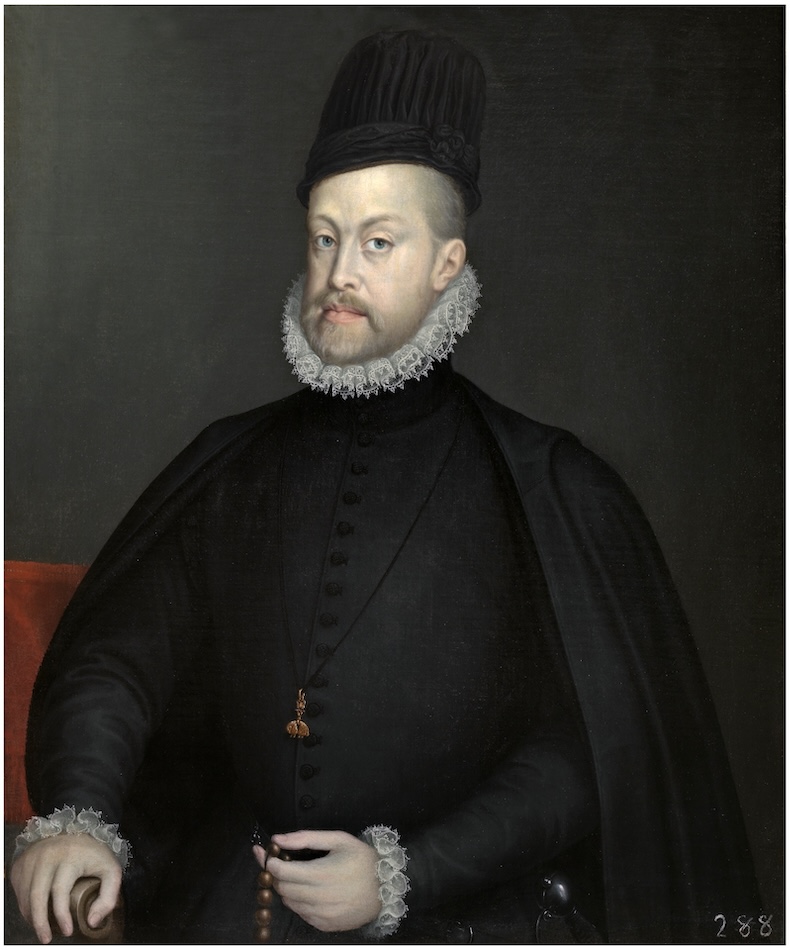In a gloomy corner of the Billiard Room in Knole House, unnoticed by most visitors, is a small portrait by Anthony van Dyck. It depicts the wizened face of Sofonisba Anguissola (1532/35–1625), the greatest female artist of the Renaissance, and it was based on a sketch he made when he visited her in Palermo in 1624. He was 25, she about 90 and, according to the notes he made alongside the drawing, her conversation was spirited, her hand steady and ‘the greatest pain she suffered was that due to her failing eyesight she could no longer paint’.
That the young Van Dyck should seek out Sofonisba in this way was testament her reputation as a portraitist which by then, had endured for 70 years. In her youth she was praised by Michelangelo, Vasari rated her the best woman artist of her time and she was a favourite at the court of Philip II of Spain from 1559 to at least 1571, when the king arranged the first of her two marriages. But after her death she was largely forgotten, to the point where several of her works were reattributed to other artists – especially Coello and Titian. In 1832, one – a portrait probably of the three children in the Gaddi family now in the Lord Methuen collection – was sold as a Leonardo, while a depiction of a woman in a fur wrap (now in Pollok House, Glasgow) was, remarkably, once attributed to El Greco.

The neglect goes on. Even at a time when women artists are the subject of major museum shows, the 400th anniversary of her death in 1625 is passing almost unnoticed. It seems that not a single exhibition is being held to mark the occasion. So, if you want to see Sofonisba’s paintings, you will have to do a good deal of travelling and pick them off one by one. There are not many. Michael Cole, author of Sofonisba’s Lesson (2019) identifies only 34 works ‘largely accepted by specialists’ out of some 200 which have been claimed for her (he also gives the provenances relied on here). But their collection during her life and their dispersal since her death, reveals a good deal about her reception by her contemporaries and her posthumous reputation.
Many of Sofonisba’s portraits and self portraits were commissioned or acquired by the most prominent aristocratic Italian families of her day before either filtering their way into museums or being bought by 18th or 19th-century collectors. (Although, as already mentioned, they were by then sometimes attributed to other artists).

One of her earliest-known works, the humorous drawing of her brother being pinched by a crayfish, was presented to Michelangelo when, at the age of 22, she travelled from her home city of Cremona to see him in Rome. He seems to have kept the sketch and it later passed from to Cosimo I de’ Medici, then to Vasari, before finally ending up in the Farnese collections. It is now in the Museo di Capodimonte in Naples along with A Self Portrait at the Keyboard, also owned by the Farnese family. A portrait of a young Alessandro Farnese (c. 1560) was bought (as a Coello) by the National Gallery of Ireland in 1864 and a fourth work owned by the family was Sofonisba’s wonderfully playful depiction of three of her sisters – The Chess Game (1555). Bought by Count Raczyńsky in the 19th century, it is now in the Narodowe musem in Poznań.
Other paintings acquired by the Italian nobility during Sofonisba’s lifetime, or soon after her death, include the self-portrait (c. 1554) now in the Kunsthistorisches Museum, which may have been given to the Duke of Ferrara by Sofonisba’s father Amilcare, and the intriguing depiction of her former teacher, Bernadino Campi, painting a portrait of Sofonisba (late 1550s). This picture, which some attribute to Campi himself and which is now in Siena, may have been in the Gonzaga collection in 1628.

Her portrait of Amilcare and two of his children (c. 1559), which Vasari saw in the family house in 1566 and which is now in the Nivågård Collection in Denmark, was in the Borghese collection by 1650. Meanwhile, her self-portrait in the Palazzo Colonna in Rome has been catalogued there since 1611. Another was acquired by Grand Duke Cosimo III de’ Medici by 1682 and is still in the Uffizi.
Key paintings now in English stately homes were also obtained from Italian collections during the 18th century or earlier. At Althorp House, her self-portrait at a keyboard, was probably acquired by the first Earl Cadogan around 1700, and has been in the Spencer-Churchill family since 1726. Not far away, in Burghley House, is a portrait of a bearded man which has been in the Cecil family since the mid 18th century. The Earls of Yarborough also owned a portrait of a young woman, probably of her sister Elena (c. 1551), in her white nun’s habit (Sofonisba had five sisters, all of whom were painters). It is now in the Southampton City Art Gallery. A Mystic Marriage of St Catherine (location now unknown) was at Wilton House in 1770.

Sofonisba’s Madrid paintings have enjoyed a more consistent history. At least four remained in the Spanish royal collection and are now in the Prado, where they have been on more prominent display in recent years. These include portraits of Philip II’s third wife, Isabel de Valois (1561–65), and one of his fourth wife, Anne of Austria (1573). A portrait of Philip II (1573) which also hangs in the Prado has also now been given to her. Ironically, only 60 years after her death, it had been inventoried as by a male artist, Juan Pantoja de la Cruz.
Nick Trend’s most recent book, Italy: In the Footsteps of the Great Artists (Thames & Hudson), includes a chapter on Sofonisba.